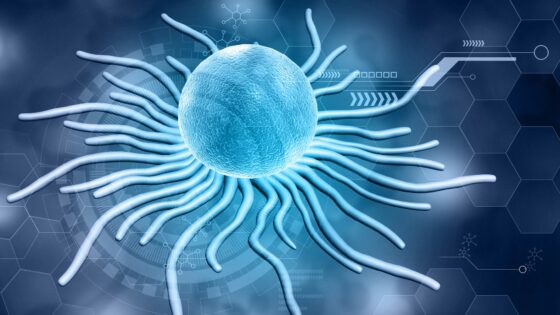In the world of cutting-edge science, one technology stands out as a game-changer—CRISPR-Cas9. If you’ve heard of it, you probably know it’s something huge in gene editing. But what does it actually do, and why is it so important? Let’s dive in.
So, What Is CRISPR?
CRISPR stands for Clustered Regularly Interspaced Short Palindromic Repeats, which is a mouthful. In simpler terms, it’s a tool that allows scientists to make precise changes to DNA, kind of like editing a document on your computer. The cool part? It works across all sorts of living things—plants, animals, and even humans. What started as a quirky part of bacteria’s defense mechanism has now become one of the most powerful technologies in biology.
How Does CRISPR Work?
Think of CRISPR as a pair of genetic scissors. First, scientists create a guide RNA (gRNA) that locates a specific piece of DNA. Then, the Cas9 enzyme comes in to snip the DNA at exactly the right spot. Once the DNA is cut, researchers can either add new DNA or deactivate a troublesome gene. The result is a super precise way of fixing genetic problems, potentially even curing diseases at their source.
Real-World Uses of CRISPR
Now, here’s where it gets exciting. CRISPR isn’t just a laboratory marvel—it’s already making waves in medicine, agriculture, and animal health.
Medicine
In medicine, CRISPR is opening doors to fight diseases that were once thought untouchable. Imagine editing immune cells to better target and kill cancer cells, or using CRISPR to fix genetic disorders like sickle cell anemia or cystic fibrosis. Researchers are even testing ways to use CRISPR to treat leukemia and melanoma, two types of cancer that affect millions worldwide. The possibilities for personalized medicine are endless.
Agriculture
The impact of CRISPR doesn’t stop with people—it’s helping us grow better food too. Scientists are using CRISPR to make crops more resistant to pests, diseases, and the challenges of climate change. Think of wheat that doesn’t get wiped out by mildew or rice that thrives in extreme conditions. With CRISPR, we could see a future where fewer pesticides are needed, and food security improves across the globe.
Animal Health
And it gets even more interesting when it comes to animals. Researchers are using CRISPR to make pigs resistant to diseases like African swine fever, which devastates pork supplies worldwide. In the future, CRISPR could also help create healthier livestock that grow faster and are more resistant to diseases, making farming more sustainable.
Ethical Considerations
Of course, with great power comes great responsibility. CRISPR has sparked major ethical debates, especially when it comes to human gene editing. In 2018, a scientist in China caused a stir by editing human embryos, leading to the birth of genetically modified babies. This raised alarms and called for strict regulations on gene editing to ensure it’s done safely and ethically.
The Future of CRISPR
Looking ahead, CRISPR technology is only going to get more refined. Scientists are working on next-gen versions like CRISPR-Cas12 and CRISPR-Cas13, which offer even more flexibility, such as editing RNA instead of DNA. As CRISPR improves, it could make gene therapies safer and more effective, and perhaps even more accessible to people who need them most.
The impact of CRISPR is already huge, but we’re just scratching the surface. It has the potential to revolutionize how we treat diseases, grow food, and even reshape life itself. As research advances, we might see a future where we can eliminate genetic diseases at the DNA level, and sustainable agriculture becomes a reality.
It’s clear that CRISPR is one of the most exciting technologies of our time. And with each breakthrough, it brings us one step closer to solving some of humanity’s most pressing challenges.

































